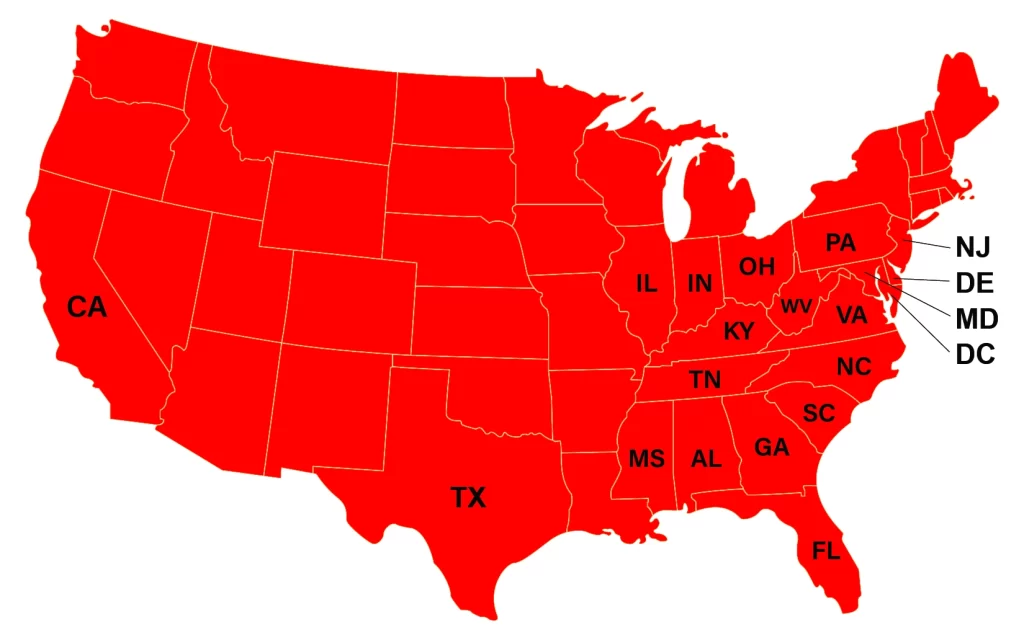Auto insurance fraud is a costly issue for both insurance companies and policyholders, with fraudulent claims inflating premiums and draining resources. Investigators play a pivotal role in detecting and deterring these schemes by using various strategies and tools. Below are some of the most effective techniques employed by investigators to uncover fraudulent auto insurance claims.
1. Surveillance and Activity Monitoring
One of the most common and effective methods investigators use is surveillance. Whether it’s through covert cameras or traditional on-site monitoring, surveillance helps track a claimant’s daily activities to detect inconsistencies between their claims and real-life behavior. For example, a claimant alleging severe injury might be observed engaging in physically demanding activities such as sports or physical labor, which can provide critical evidence against their claims. Investigators may also employ drop cams or covert devices disguised as everyday objects like pens or sunglasses to capture unobtrusive footage.
2. Background and Activity Checks
Before conducting surveillance, investigators perform thorough background checks to identify red flags that might indicate fraudulent activity. These checks include verifying the claimant’s address, work history, and even social circles to see if there is a pattern of questionable claims. Investigators may also coordinate with sources familiar with the claimant’s routine to plan surveillance more effectively. For example, identifying a claimant’s involvement in strenuous activities, such as participating in car races, can dramatically shape the approach investigators take.
3. Social Media and Internet Presence Review
In today’s digital world, investigators rely heavily on social media and online presence checks to gather evidence. Claimants often inadvertently reveal information on platforms like Facebook, Instagram, or TikTok that contradicts their insurance claims. Additionally, fitness tracking apps like Strava or Peloton may reveal physical activities inconsistent with injury reports. A simple post of a claimant dancing or DJing at an event could provide valuable evidence for investigators.

4. Forensic Data Analytics
Many investigation teams utilize forensic data analytics to flag suspicious claims early in the process. Sophisticated software tools analyze patterns across various datasets—ranging from medical records to vehicle damage reports—searching for discrepancies. This data-driven approach can detect alterations in documentation, exaggerations in injury claims, or pre-existing damage to a vehicle that the claimant attempts to pass off as new.
5. Interviewing Witnesses and Claimants
Conducting interviews with claimants, witnesses, and third parties like medical professionals or mechanics allows investigators to identify inconsistencies in the claim. Investigators are trained to ask probing questions and compare answers across multiple interviews to spot contradictions that may suggest deceit. This technique helps build a timeline of events, especially when combined with other evidence.
By using these tools and strategies—surveillance, background checks, social media monitoring, forensic data analytics, and interviews—insurance fraud investigators effectively protect both insurers and policyholders from fraudulent claims. These comprehensive methods ensure that genuine claims are settled quickly while questionable ones are thoroughly investigated to minimize fraud.
Contact J.P. Investigative Group Today
If you’re concerned about potential auto insurance fraud or need help with due diligence, J.P. Investigative Group can assist. We specialize in general liability and auto investigations, working hard to minimize your exposure to risk.
Call now for expert assistance from a private investigator in Charlotte, NC!


